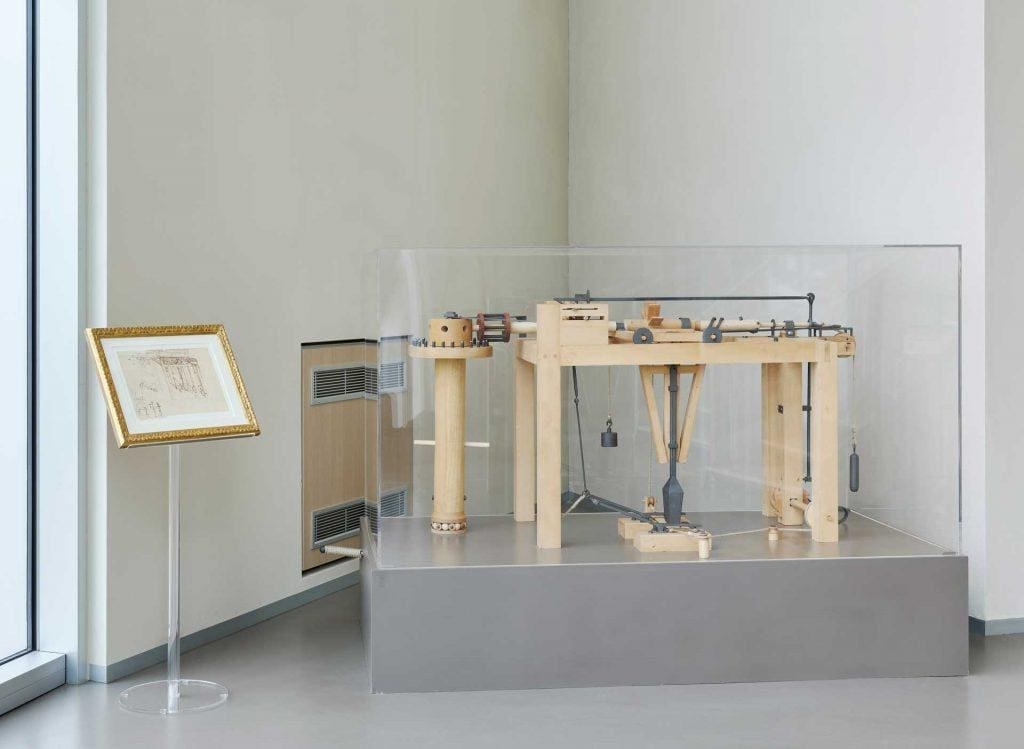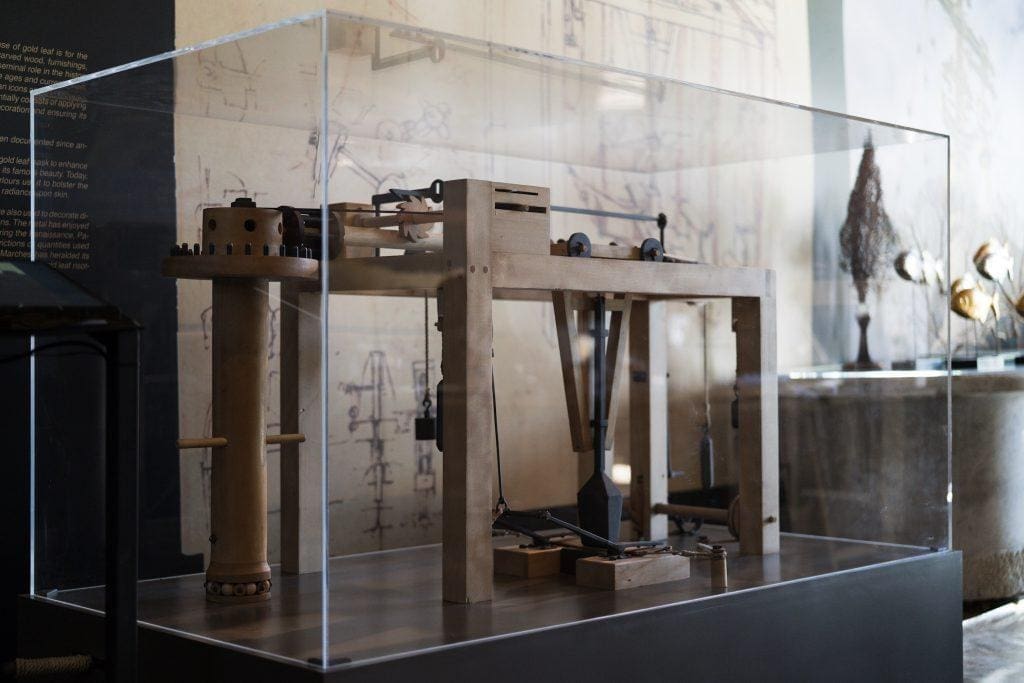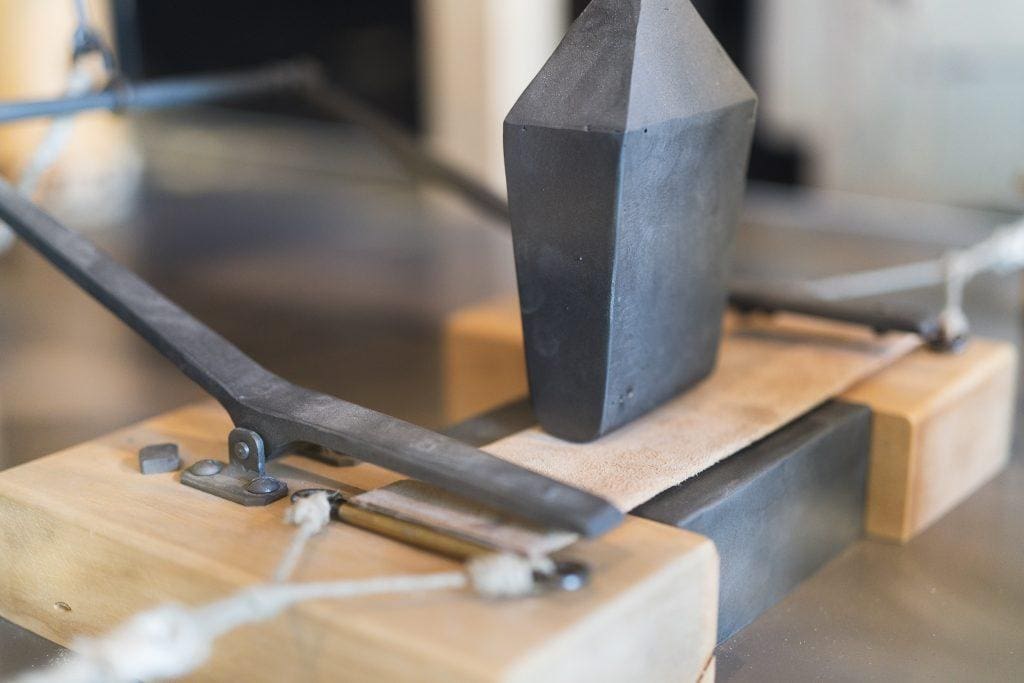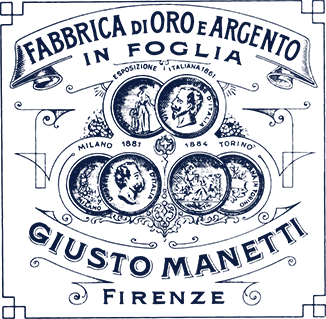The Codex Atlanticus is an extraordinary source of knowledge on all the various disciplines cultivated by Leonardo da Vinci, and his countless insights in the fields of architecture, hydraulics, medicine, optics, urban planning, astronomy, anatomy and the figurative arts. Its most famous pages are those dedicated to the designs of gears, contraptions, and self-propelled machines, for which Leonardo left magnificent designs.
Some of these drawings reveal that the first attempt to mechanise the work of gold beating was even made by Leonardo himself. In fact, although already well documented in the ancient Egyptian, Greek and Roman civilisations, the craft of gold beating reached its peak in Florence during the same years in which the master lived there.
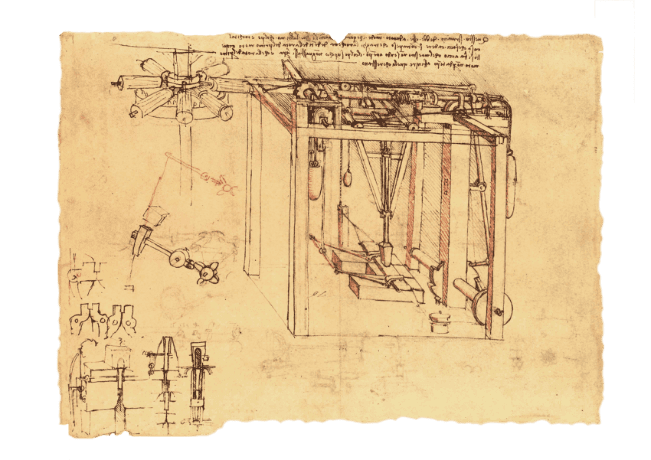
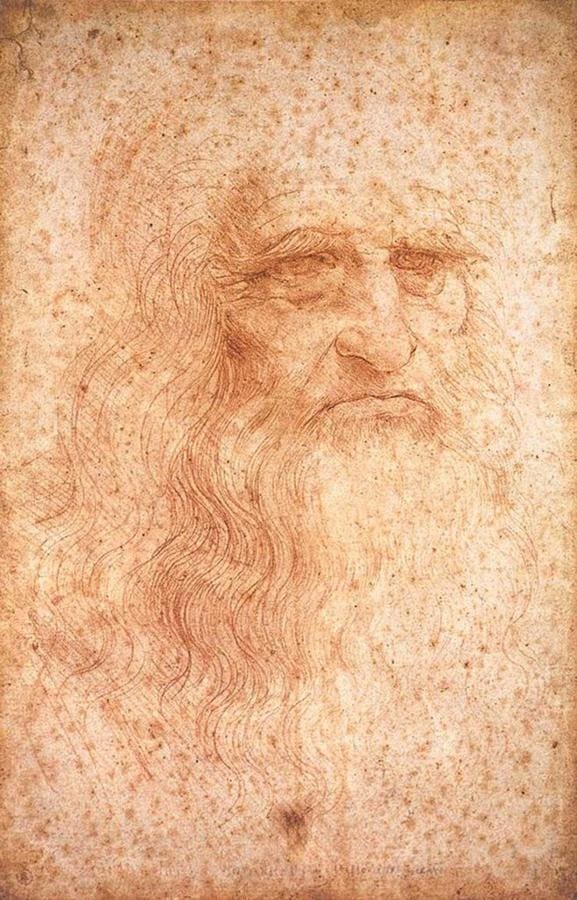
His interest in the trade was certainly piqued by the important role that gold leaf production played in the city’s economy. With the aim of improving the artisans’ working conditions and increasing their workshops’ productivity, Leonardo designed a machine (a cam hammer) capable of reducing the precious metal’s thickness from 500 to 30 microns.
Its complex mechanism was operated by a main driving wheel, which simultaneously operated a series of contraptions and devices consisting of pulleys and sprockets. The synchronized movements were all controlled by iron weights. Each time the hammer struck, the metal strip was automatically advanced to receive the next strike. Leonardo even envisaged the possibility of mass production, with multiple hammers being simultaneously operated by a single source of motive power.
There is no evidence that this visionary device was ever effectively put to use, but the technical principles upon which its operation is based are still in use today, and are part of an ongoing production tradition in the city of Florence.
In 2019, based on the drawings contained in the Codex Atlanticus, Giusto Manetti Battiloro paid tribute to Leonardo’s insight by reconstructing his cam hammer.


